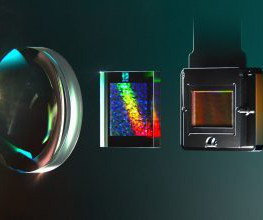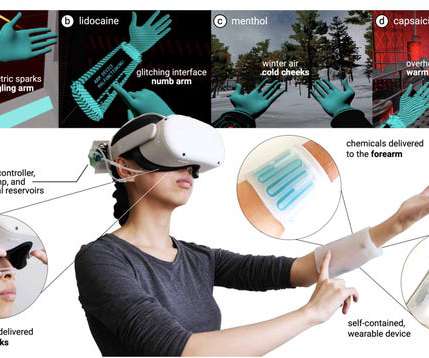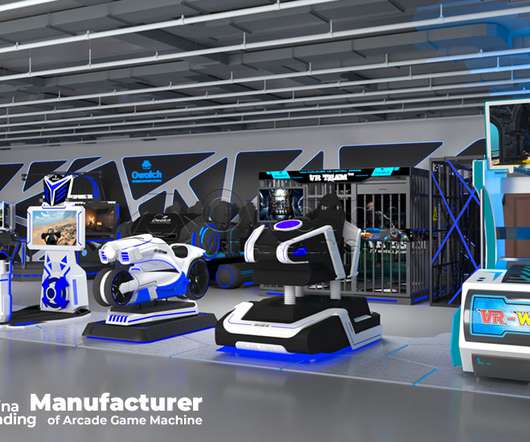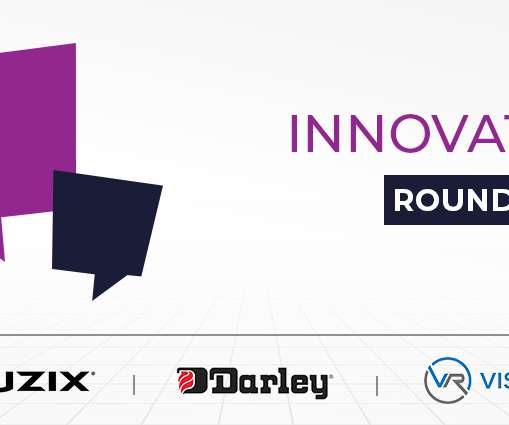New Meta R&D Reveals Shortcut to Ultra-wide Retina Resolution Holographic Displays in XR
Road to VR
MAY 13, 2024
Reality Labs Research, Meta’s R&D group for XR and AI, has spent considerable time and effort exploring the applications of holography in XR headsets. The expanders also support 3D color holography and viewer pupil movement. “[…] neural étendue expanders support multi-wavelength illumination for color holograms.












Let's personalize your content